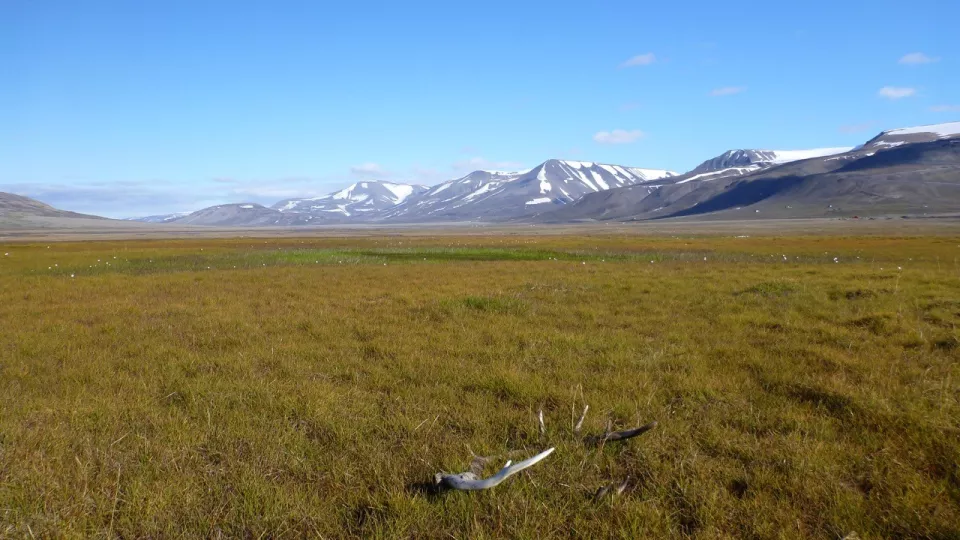“Changes in the Arctic Ocean can affect ecosystems located far away on land, ” says Dr. Frans-Jan Parmentier, the study’s lead author and researcher at the Department of Physical Geography and Ecosystem Science, Lund University.
Bright sea ice reflects most sunlight, while open water absorbs most sunlight. Less sea ice, therefore, leads to more absorbed heat, and higher temperatures throughout the North Pole region. This stimulates the production of methane by microorganisms in permafrost soils, which also drives the change towards a warmer climate.
“While numerous studies have shown the effects of sea ice loss on the ocean, there are only a few that show how this oceanic change affects ecosystems on the surrounding land. Our research shows that to understand the impact of climate change on the Arctic, the ocean and land cannot be viewed separately“, Frans-Jan Parmentier explains.
Dr. Parmentier, together with researchers from the United States and the Netherlands, explored the connection between methane emissions and loss of sea ice by using advanced computer models. Models can simulate how methane emissions respond to the effects of sea ice decline, such as higher temperatures and altered rainfall.
“Sea ice decline is one of the most visible consequences of climate change, and has a tremendous impact on the Arctic climate. Since the 1990’s, the Arctic has been losing sea ice at a tremendous rate – about 14 percent per decade. The expectation is that with further sea ice decline, temperatures in the Arctic will continue to rise, and so will methane emissions from northern wetlands”, says Frans-Jan Parmentier.
The next step is to assess the extent of sea ice’s influence on methane emissions by measurements in the field. The results of this research could improve predictions of how climate change affects our planet.
Publication: Rising methane emissions from northern wetlands associated with sea ice decline
Contact:
Frans-Jan Parmentier, Department of Physical Geography and Ecosystem Science, Lund University
frans-jan [dot] parmentier [at] nateko [dot] lu [dot] se
+47 405 39 339
Website: http://web.nateko.lu.se/Personal/Frans-Jan.Parmentier/
Twitter: https://twitter.com/Frans_Jan/
